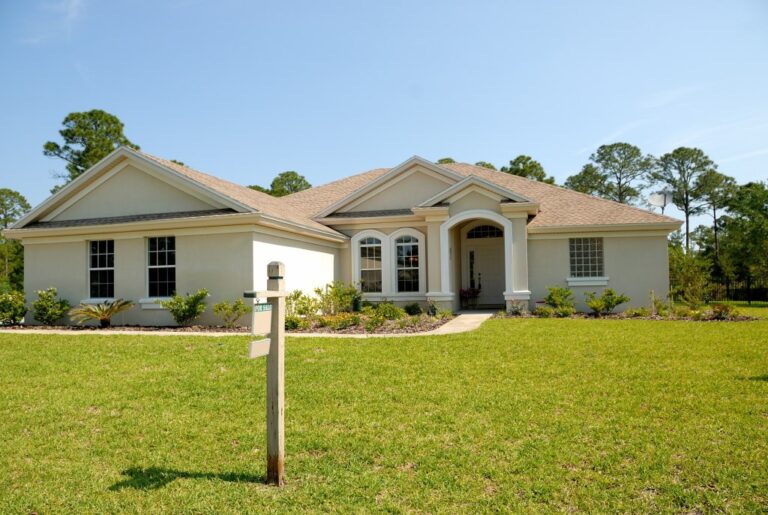WHAT WILL THE HOUSING MARKET LOOK LIKE AFTER WFH (WORK FROM HOME) ?
Vaccines are being distributed. Hospitalizations appear to be declining in several areas. Now is the time to think about life after the pandemic. What habits and cultural changes will be maintained? Which will appear soon?
Housing wire experts believe that, for the most part, everything that happens in a crisis remains in crisis. I mean, they don’t expect us to continue baking our own bread and let’s have time forgive afternoon walks once all business and commerce have returned to their rhythm.
Even before COVID-19, there was an increase in people working from home. The option of WFH it is very attractive to many people and it also offers some benefits to employers. For example, a company can reduce its corporate presence and save on facilities costs if its workforce is distributed rather than centralized. And the appeal of WFH it will only increase when the additional burden of home schooling is removed from working families.
But the question remains: with more than $6 million in total home sales, will the trend of WFH large enough to reduce this number and create much-needed inventory to cool home prices in certain areas and drive home prices up in others?
The expert’s theory is, not. We tend to go back to the norm, and while working from home sounds great, most American businesses are probably not ready to participate. On it fully.

Are we caught in another housing bubble?
As USA Today reported, some experts are concerned about the rapid rise in home prices across the country. Some believe it is another housing bubble.
Driven by historically low interest rates that make loans cheap and waves of people fleeing densely populated cities due to COVID-19, buying a home has become as competitive as it was in the mid-2000s.
“For more than a decade, we have had a chronic shortage of housing supplies,” said Marco Santarelli, CEO of Norada Real Estate Investments in Laguna Niguel, California. “We need 1.62 million units a year to keep up with organic demand, but we produce significantly less. We are missing about 370,000 units each year.”
Santarelli added that the supply imbalance will only get worse as more than 140 million millennials and members of Generation Z move into rental units and start-up homes in the coming years.
“About 52% of young adults ages 18-29 still live with their parents,” Santarelli said. “That is the highest rate in more than 110 years. These people have to go somewhere.”
An ease in the standard of home loans in 2021
Economists and housing experts say that home loan standards will likely relax in 2021, despite the increased risk of delinquency in the future, according to Housing wire.
This sheds light on the growing disparities in the American housing market. As a group of struggling homeowners brace for the end of tolerance and tiptoe through the economic turmoil related to COVID-19, another demographic is more prepared than ever to grab the properties that are available.
If this happens, it would be a dramatic contrast to the financial crisis, in which lenders tightened credit standards from 2007 to 2010, Curt Long said, National Association of Federally-Insured Credit Unions chief economist and vice president of research.
“However, the fact that high-income households have fared much better than low-income households over the past year means that there may still be a lack of access to credit for low-income households, even if the Underwriting standards are easing a bit this year, ”Long said.
